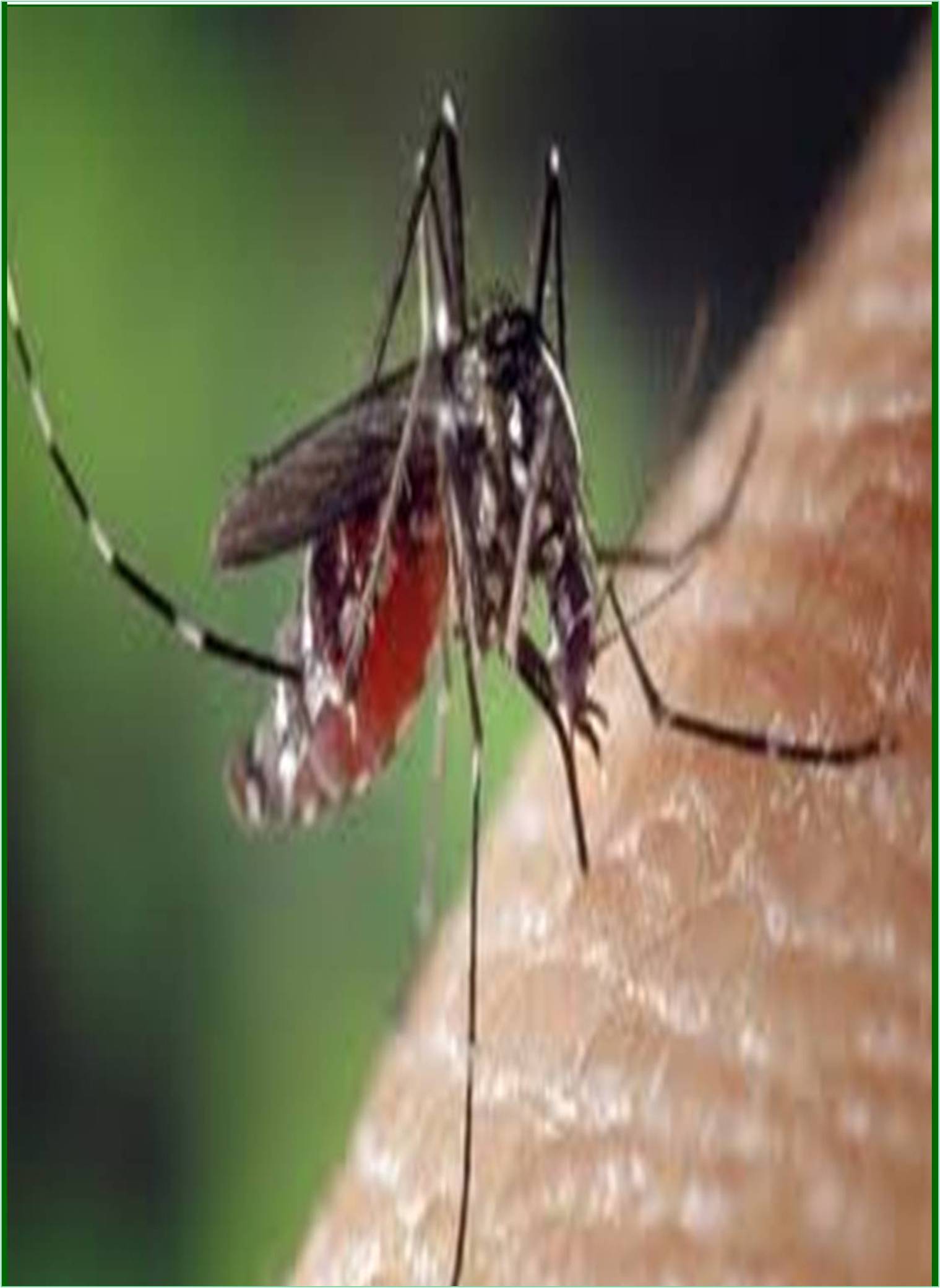



Received: 12-Jan-2022, Manuscript No. JFTD-22-59639; Editor assigned: 14-Jan-2022, Pre QC No. JFTD-22-59639 (PQ); Reviewed: 28-Jan-2022, QC No. JFTD-22-59639; Revised: 31-Jan-2022, Manuscript No. JFTD-22-59639 (R); Published: 07-Feb-2022, DOI: 10.15651/JFTD.22.2.07
The term typhoid fever, derived from the ancient Greek cloud, was chosen to highlight the severity and long-term neuropsychiatric effects of untreated patients. Every year, 21 million people are suffering from typhoid fever. Over the years, it has developed more and more resistance to antibiotics. In 2016, cases of drug-resistant typhoid fever were widely recorded in Pakistan. Only three classes of antibiotics are effective against these strains, they are azithromycin, carbapenem and tigecycline.
Early symptoms include fever, general malaise, and abdominal pain. As the illness worsens, severe diarrhea occurs above high fever (103°F or 39.5°C).
Some people develop a rash called “rose spots,” which are small red spots on the abdomen and chest.
Other symptoms displayed are:
• Bloody stool
• Chills
• Restlessness, confusion, delirium, seeing and hearing things that aren’t there (hallucinations)
• Lack of attention (attention deficit)
• Nosebleed
• Severe fatigue
• Slow, dull and weak feeling
Typhoid fever is a disease caused by Salmonella serotypes. Symptoms range from mild to severe and usually begin 6 to 30 days after exposure. High fever often occurs insidiously over several days. This is often accompanied by weakness, abdominal pain, constipation, headache and mild vomiting. Some people develop a rash with pink spots. In serious cases, people can be confused.
Without treatment, symptoms can last for weeks or months. Diarrhea can be severe, but rare. Others can carry the bacteria unaffected, but they can still spread the disease to others. Typhoid fever, along with paratyphoid, is a type of fever. Typhoid fever is caused by the bacterium Salmonella entererica subspecies. Typhoid serotype that grows in the intestine, peyer’s patches mesenteric lymph nodes, spleen, liver, gallbladder, bone marrow and blood. Typhoid fever spreads by eating and drinking food and water contaminated with the feces of infected individuals.
Risk factors include restricted access to safe drinking water and poor hygiene. Those who are not exposed to pathogens and consume contaminated drinking water or food are at greatest risk of developing symptoms. Only humans can be infected, there are no known animal reservoirs. Typhoid fever is potentially fatal multi-organ infection caused primarily by Salmonella serotype typhi and to a lesser extent by Salmonella serotype and paratyphoid A, B, and C. Salmonella is motility Enterobacteriaceae that can cause a variety of gastrointestinal infections. The most serious one among these is typhoid fever, which is produced primarily by the Salmonella serotype typhi and to a lesser extent by the S-typhoid serotype paratyphi A, B, and C. It can manifest in various forms such as, from overwhelming sepsis to mild diarrhea with a low-grade fever. One of the classic symptoms is fever, malaise, diffuse abdominal pain and constipation. Untreated typhoid fever can lead to delirium, stupor, intestinal bleeding, intestinal perforation and death within the first month of onset. Survivors may have long-term or permanent neuropsychiatric complications.
Typhoid fever thrives in poor hygiene, overcrowding and social turmoil. Antibiotics have significantly reduced the incidence of typhoid fever in developed countries, but are still endemic in developing countries that have poor hygiene and clean water problem.
Typhoid fever is a serious and sometimes life-threatening infection. Typhoid vaccine can prevent about 40% to 90% of the effects of this disease.